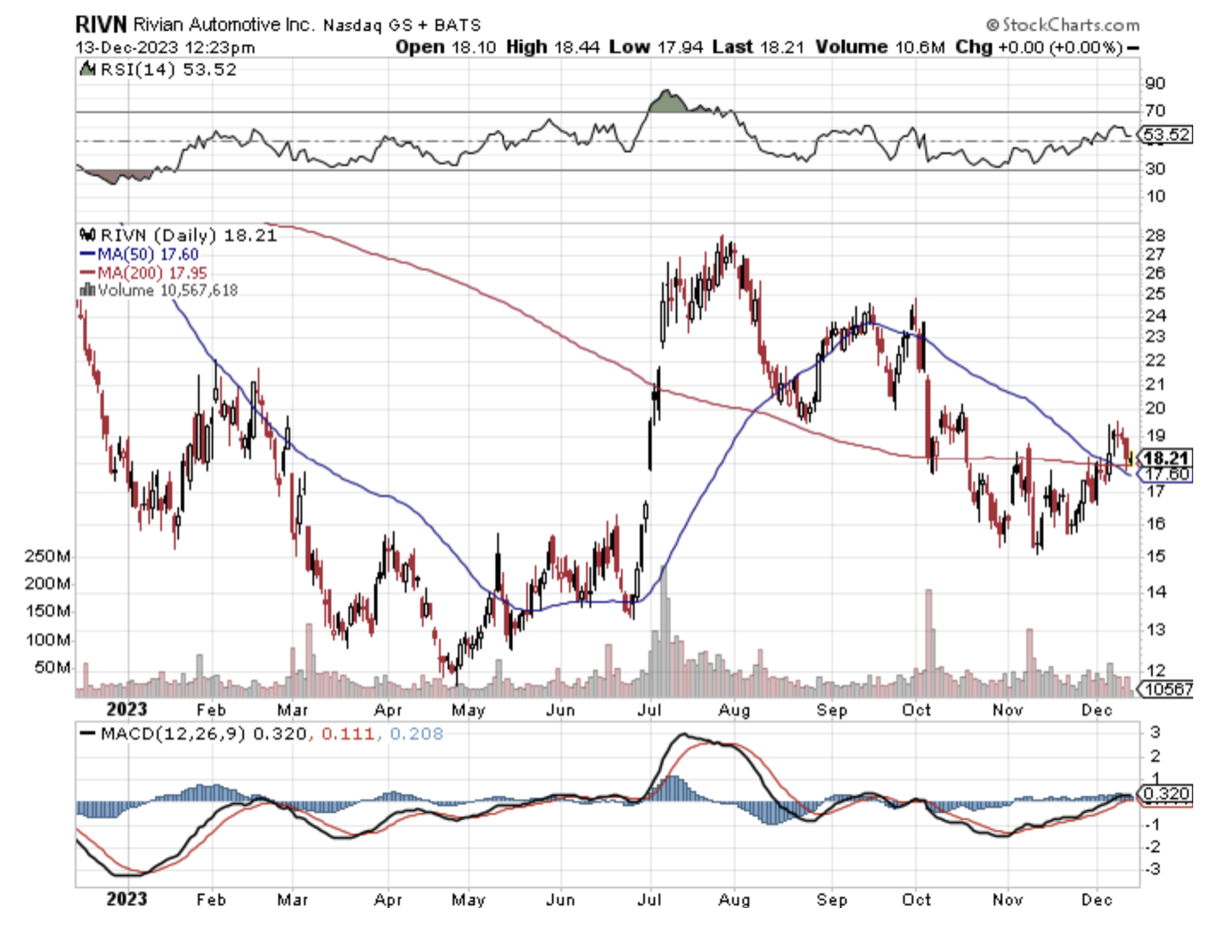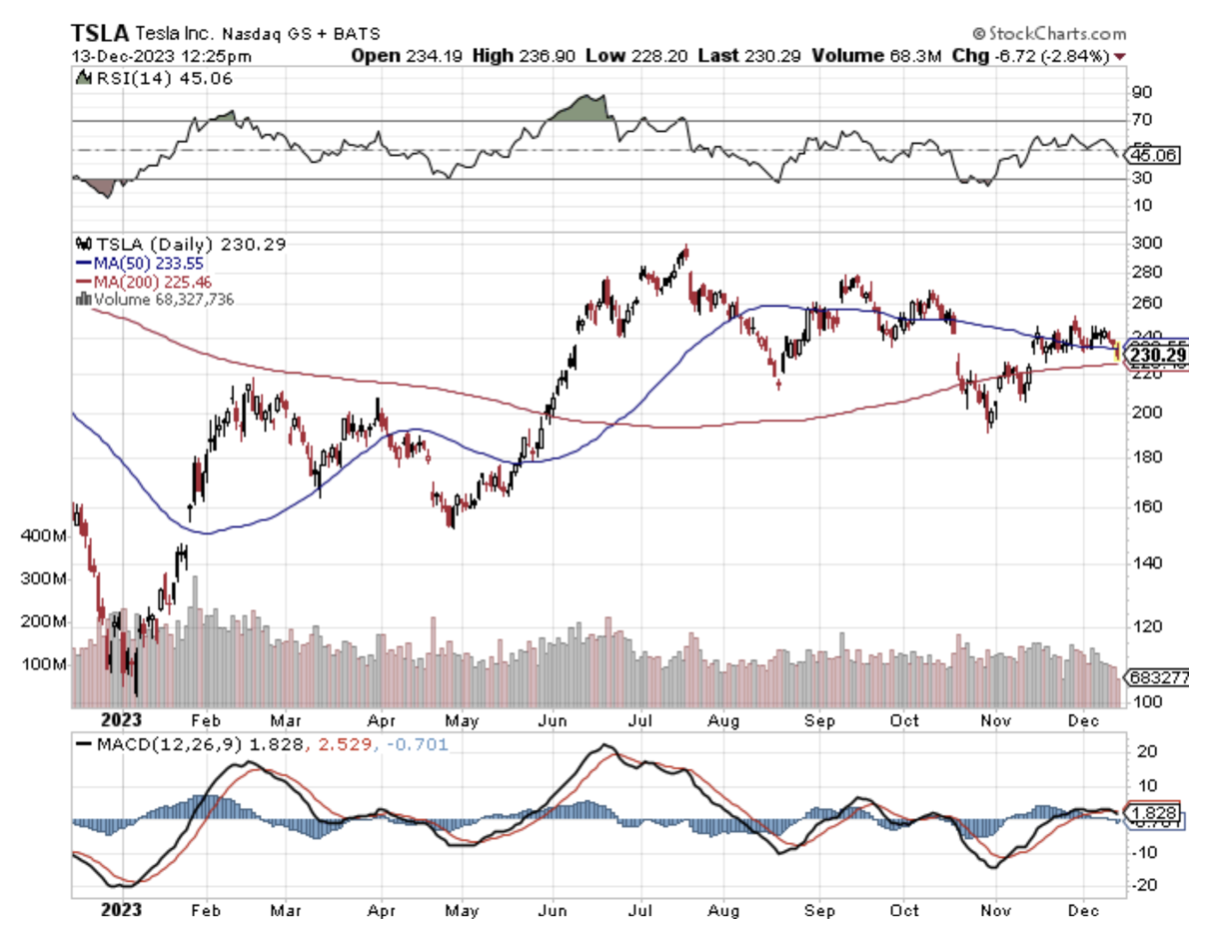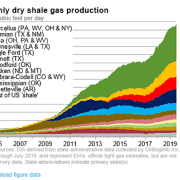One company I am quite bullish on is EV maker Rivian (RIVN).
They make great cars, but they also lose money by the fistful.
How bad is it?
Rivian lost $1.19 a share in Q3, less than feared, while revenue jumped 149% $1.34 billion.
The EV startup produced 16,304 vehicles and delivered 15,564 vehicles in the third quarter. Meanwhile, Rivian booked a loss of $30,648 per vehicle delivered in Q3, down from a loss of $139,277 per unit delivered a year ago.
Going from losing $140,000 to $30,000 is a big jump and these are eye-popping losses.
The more important takeaway is that big investors are sticking with RIVN as the cash burn improves.
The real hard work is reducing the loss for each car to zero because many variables are working against RIVN.
Then there is the competition and by that I mean Tesla’s Cybertruck.
RIVN shares surged the day after Tesla began initial deliveries of its Cybertruck.
The company also announced it will allow more customers beyond — Amazon (AMZN), which remains a key buyer — to purchase its commercial electric vans.
Rivian raised its 2023 production guidance to 54,000 electric vehicles, up from 52,000 in August.
The company tied the hike to "progress experienced on our production lines, the ramp of in-house motor line and the supply chain outlook."
Tesla offers three trims of the Cybertruck, with the rear-wheel drive version starting at $60,990 with a 250-mile range. The base model will be available in 2025, according to Tesla's website.
The all-wheel drive version has a starting price of $79,990 with 340 miles of range. Tesla is also offering a top-end trim, called the Cyberbeast, starting at $99,990 with a 320-mile range. Both the all-wheel drive version and the Cyberbeast have 2024 deliveries.
Four years ago, Tesla announced the price would start at $39,900 with Chief Executive Elon Musk previously saying he wanted to price the base model under $50,000.
Originally, Tesla and Musk stated the tri-motor Cybertruck would have 500 miles of range with the dual-motor model managing 300 miles and the base rear-wheel version getting 250 miles per charge.
Tesla’s Cybertruck has an eccentric design that could turn off a lot of buyers and funnel them into interest for a RIVN.
Not only is the design extreme, but Musk is asking for more than the $50,000 he first quoted.
RIVN is cheap, to begin with, but it will be able to compete with Tesla’s Cybertruck in price and quality.
Supply-chain issues have hampered the entire industry. Rivian has also had problems of its own complicate its launch.
Rivian is not likely to be profitable for a while it scales out manufacturing.
RIVN burns around $1 billion in cash per quarter, and yet the company is still nowhere near hitting the mass production rates which would achieve a more competitive cost structure.
Another painful bottleneck is the sizable increases in the cost of key metals, including lithium, nickel, aluminum, and cobalt.
Even though they lose $4 billion per year, investors are patient with this company.
Patience stems from the fact that RIVNs are great cars and surely will improve the product.
If RIVNs start to fall in quality then I would expect a massive exodus from the shares which will hit the price of shares.
Until that narrative is broken, I believe RIVN will be bought on dips.




